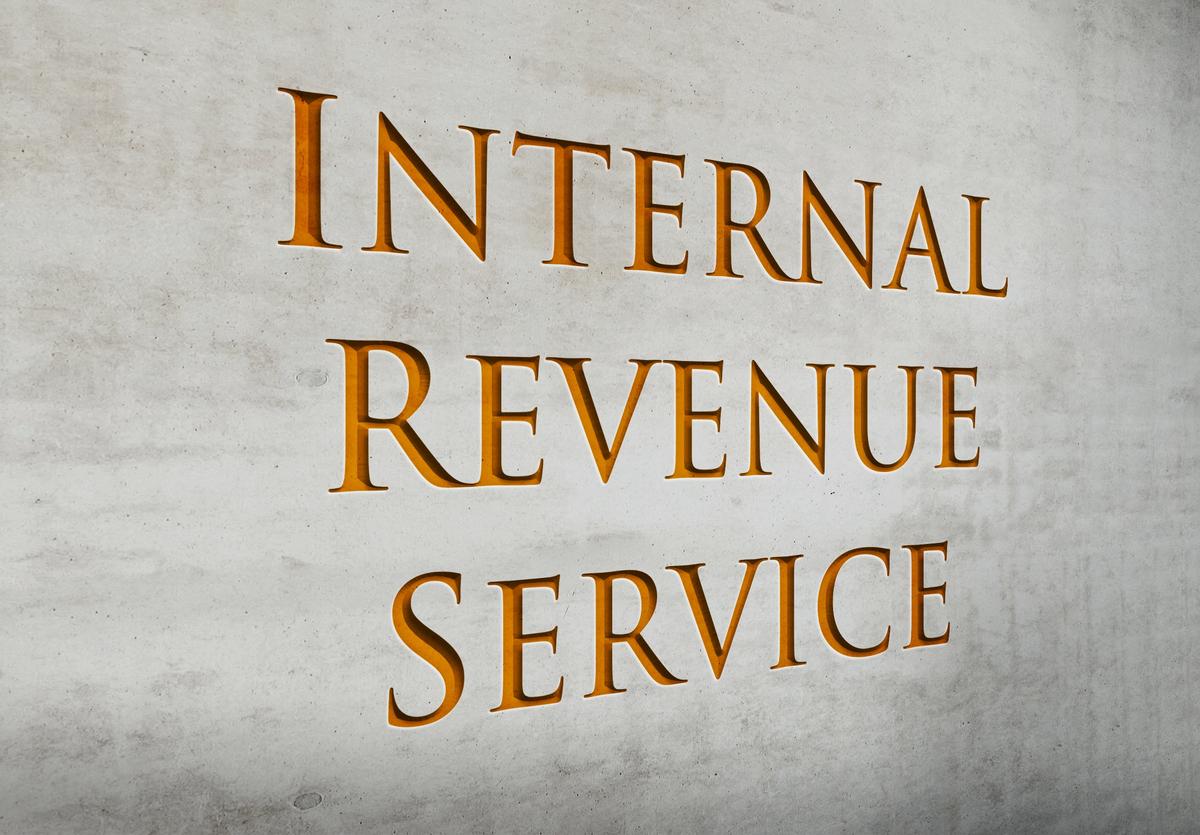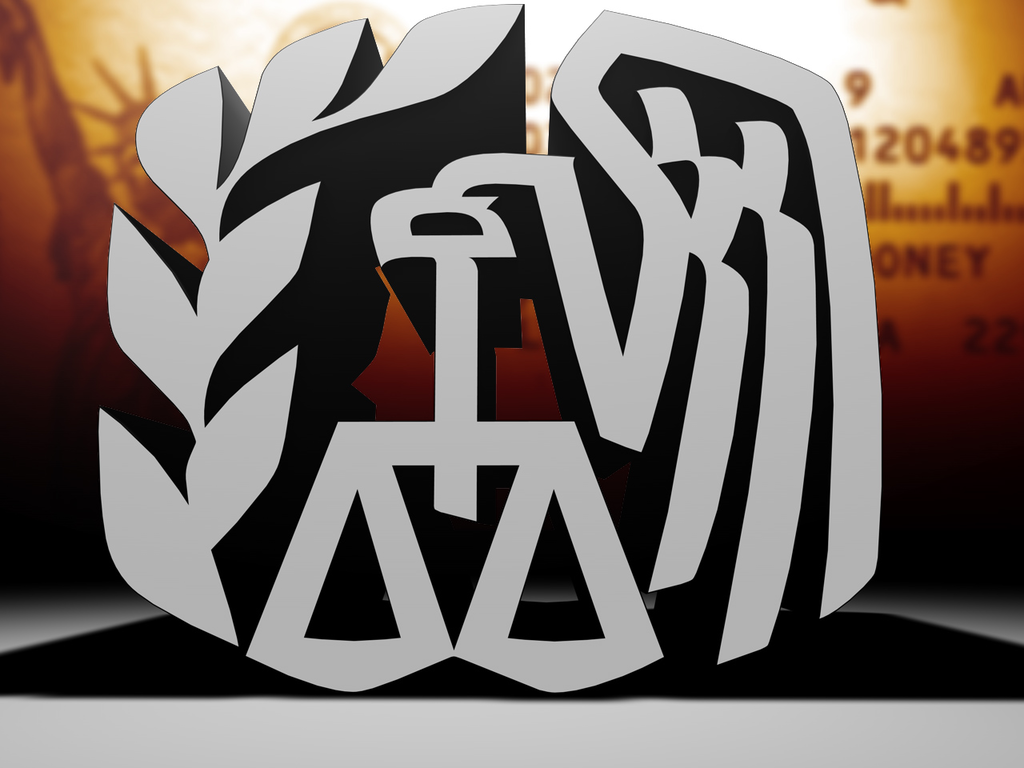The IRS on May 3 issued frequently asked questions in Fact Sheet 2024-19 about a provision in SECURE 2.0 that provides special rules relating to distributions from retirement plans and IRAs and for retirement plan loans for taxpayers impacted by federally declared major disasters.
Prior to the changes made by SECURE 2.0, which was enacted in December 2022, there was no disaster relief allowing these distributions and loans that applied generally for all major disasters. Instead, Congress would enact relief on a disaster-by-disaster or year-by-year basis, according to the IRS.
The FAQs are intended to assist individuals, employers, and retirement plan and IRA service providers, and are divided into four categories:
- General information
- Taxation and reporting of qualified disaster recovery distributions
- Repayment of qualified distributions taken for the purpose of purchasing or constructing a principal residence in a qualified disaster area
- Loans from certain qualified plans
For example, under “general information,” the IRS answers the question, “What are the special disaster relief rules for retirement plans and IRAs in SECURE 2.0?” this way:
- Expanded distribution and tax relief: Expanded distribution options and favorable tax treatment for up to $22,000 of qualified disaster recovery distributions from eligible retirement plans (certain employer-sponsored retirement plans, such as section 401(k) and 403(b) plans, and IRAs), to qualified individuals, as well as special rollover and repayment rules with respect to such distributions.
- Relief to repay distributions taken for principal residence purchase/construction: The ability for an individual to repay a first-time homebuyer distribution from an IRA or a hardship withdrawal from a section 401(k) or 403(b) plan if the distribution was to be used to purchase or construct a principal residence in a qualified disaster area but was not so used because of the qualified disaster.
- Plan loan relief: Increased limit on the amount a qualified individual may borrow from the individual’s account under an eligible retirement plan (not including an IRA). An employer may also provide qualified individuals up to an additional year to repay their plan loans.
A “qualified individual,” according to the IRS, is someone whose principal residence at any time during the incident period of any qualified disaster is in the qualified disaster area with respect to that disaster, and that person sustained an economic loss by reason of that qualified disaster.
A “qualified disaster” is any major disaster that was declared by the president after Dec. 27, 2020—the date of enactment of the Taxpayer Certainty and Disaster Tax Relief Act of 2020, the IRS said.
You can find more FAQs and answers here.
Thanks for reading CPA Practice Advisor!
Subscribe Already registered? Log In
Need more information? Read the FAQs
Tags: Benefits, Human Resources, IRS, Payroll, Small Business, Taxes




